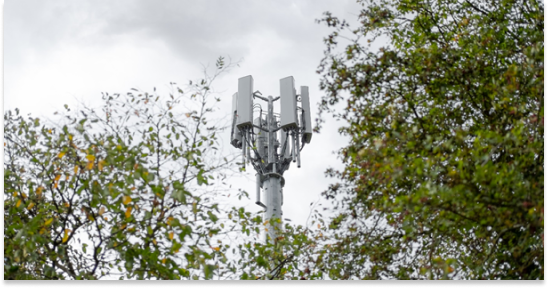T-Mobile – Sprint: Major Moves on Video Experience

At this exact moment, almost two thirds of all traffic over mobile internet are video content. As videos permeate social media, online retail, online news, and other platforms, more and more people are using their mobile data to stream video. In fact, Ericsson predicts that mobile users will watch about 30% more video content every year for the next 5 years so that, by 2025, a full three quarters of all mobile network traffic will come from video streaming.
An increase in available video content, as well as a shift in the way people view that content, is driving the massive uptick in video traffic over mobile networks. Today, people don’t hesitate to watch videos anywhere, at any time. Many apps (including a growing number of retail apps) now include embedded videos. The increase in screen resolutions on mobile devices has also made it more practical to watch video-on-demand streaming services on a mobile device.
Faster mobile internet across the country is powering these changes. A report by Ookla SpeedTest finds that the average download speed over a mobile network in the United States grew almost 25% between the first halves of 2018 and 2019. Now, the mean download speed across all networks in competitive areas is more than 30 Mbps – which means streaming video on mobile internet or fixed wireless internet is smoother than ever.
Opensignal measures video experience over a mobile network as a combination of download speed, latency, network reliability, and network capacity. It found that – by focusing on improving these four factors – T-Mobile and Sprint made the biggest improvements to their 4G LTE video experiences in 2019. Sprint, which saw the biggest gains, improved its video experience by 16.8%. Along with Verizon, it’s one of the first two carriers to provide a “good” video experience.
Last year Sprint added 32,000 small cell sites and around 3,000 massive multiple-input multiple-output (MIMO) sites to its 4G LTE network. These new sites increase Sprint’s network capacity, so it doesn’t need to manage video traffic by restricting maximum video resolution or severely throttling video traffic. This higher capacity was key to Sprint’s better video experience.
It’s becoming increasingly impractical for mobile carriers to restrict the resolution of video traffic over their networks, since internet users have grown to expect access to high definition content. While the most common resolution to stream video on a mobile device is still standard definition (480p), high definition (720p or 1080p) streaming is becoming more and more common. And when users are used to high definition and stuck with standard definition, they notice.
While a good mobile video experience is key to video streaming right now, it may be even more important when it comes to augmented and virtual reality (AR/VR) in the future. In the next decade, immersive media like AR/VR will be a significant driver of mobile data traffic growth due in part to its high data usage. For example, while streaming in 4K Ultra HD uses 7 GB of data per hour, streaming AR/VR in high definition uses as much as 12GB per hour.
Want to try Sprint or T-Mobile’s improved video experience for yourself? Contact us today to learn more about fixed wireless internet connections for rural users.



